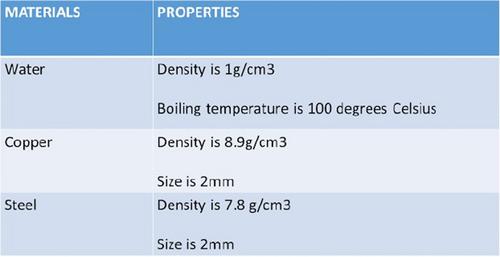Measuring learning in digital games: Applying a game-based assessment framework
Abstract
Digital games (DGs) have the potential to immerse learners in simulated real-world environments that foster contextualised and active learning experiences. These also offer opportunities for performance assessments by providing an environment for students to carry out tasks requiring the application of knowledge and skills learned in the classroom. Although widely used for teaching and learning, there are challenges in using digital game applications for assessment. Designing assessments around tasks in complex learning environments like DGs is not always easy, particularly for educators new to using these technologies for teaching. This paper presents a game-based assessment framework (GBAF) that is designed to be educator-friendly and useful for the design of assessments for immersive learning environments. The application of the framework to the design of embedded and external (multiple-choice questions) assessments is also presented. The GBAF offered an easy and structured basis for the design of two distinct assessments for a computer game. It provides educators with useful guidelines for designing assessments around pre-existing games.
Practitioner notes
What is already known about this topic
Immersive technologies are increasingly being used for teaching and learning due to their benefits to knowledge and skills acquisition. However, for educators interested in using these tools for formal classroom teaching, there is a lack of resources and guidance on assessment designs and implementations. The most commonly used assessment design framework, the evidence-centred design (ECD), is complicated to use, requiring advanced machine learning skills to implement. This has so far limited its use to large-scale computerised and game-based testing.
What this paper adds
This paper presents a framework developed to guide educators through the design and implementation of assessments when teaching with immersive learning applications. Grounded in the constructive alignment principles and the ECD framework, the game-based assessment framework is designed to help educators align assessment tasks to game tasks and the intended learning outcomes. It also provides step-by-step guidelines for the identification of appropriate immersive applications. It shows the practical application of the framework to the design of embedded (in-game) assessments and external (multiple-choice tests) assessments.
Implications for practice and/or policy
The framework presented in this paper provides a structured and pedagogically sound basis for the design of assessments when measuring performance, or skills and knowledge acquisition with immersive learning applications.


 求助内容:
求助内容: 应助结果提醒方式:
应助结果提醒方式:


